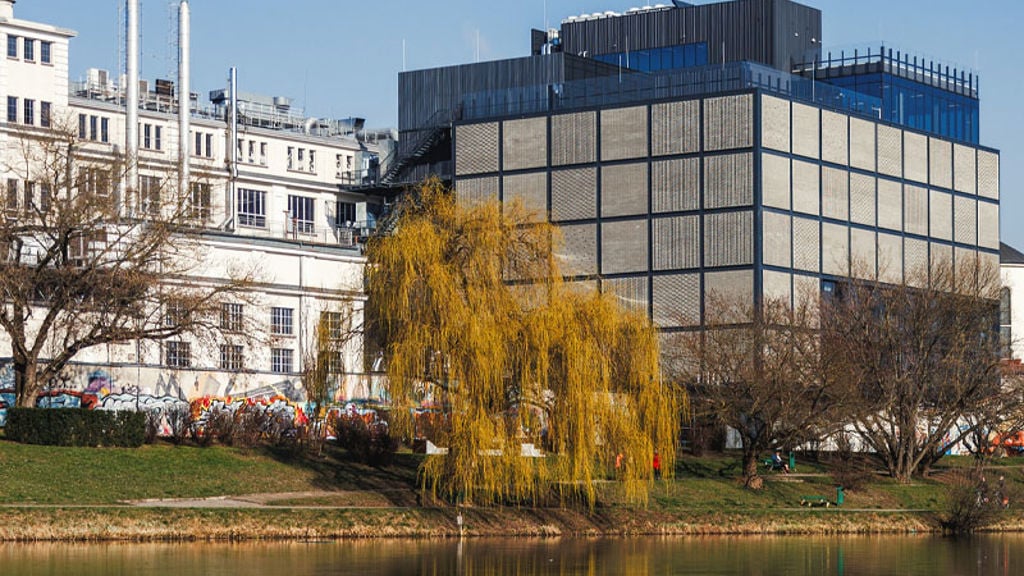Breathing new life into landmark heritage buildings requires a delicate balancing act: refurbishments must respect the historical character of the building, while restoring and future-proofing the landmark for generations to come.
In Venice, the famed Piazza San Marco has welcomed the restoration of the Procuratie Vecchie, one of the most relevant works of 16th century Italian Renaissance architecture.
Arup was appointed to provide multi-disciplinary engineering services from concept all the way to detail design, working with architects David Chipperfield.
The key challenge in this delicate refurbishment project was how to restore and preserve the iconic building’s historical character while ensuring it meets the needs of the owner, insurance giant Generali.
Arup’s data-driven modelling work enabled our engineers to get an accurate assessment of this very complex building at speed, ensuring that a series of considered interventions and minimal retrofitting measures future-proof this iconic place. Our seismic, structural, mechanical, electrical and public health engineering services were all employed during the concept stage.
The ancient building, whose arched façade runs the full length of the square’s north-west side, remains the iconic headquarters of Italian insurance giant Generali and will also play host to its new social foundation, The Human Safety Net. The extensive refurbishment means that large areas of the 500-year-old building, including exhibition and event spaces, will be open to the public for the first time.








